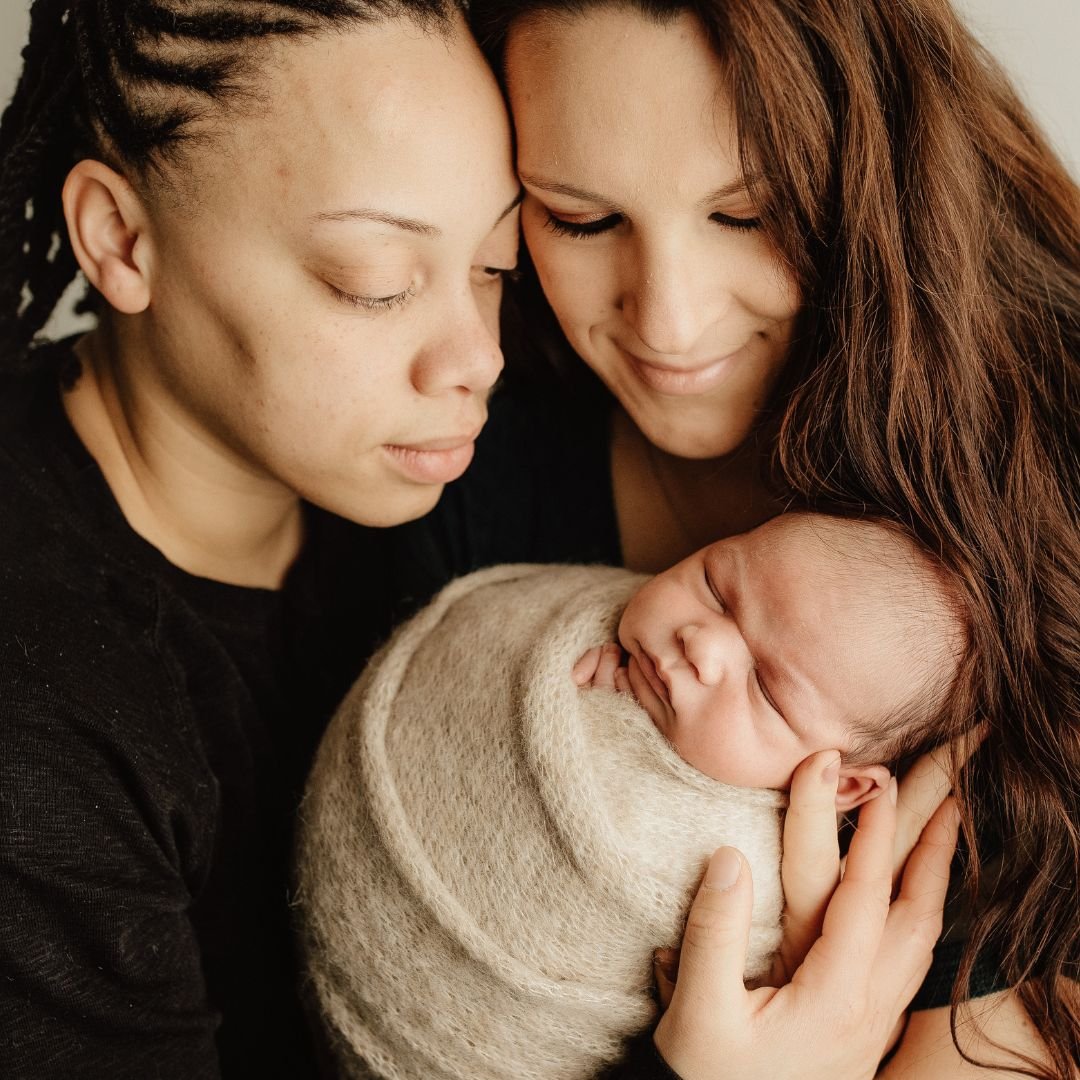Beginning A Unique Journey Toward Parenthood
/By Cara Quant, MD, Internal Medicine Physician and founder of Viva La Vulva, MTSE Advisory Board Member
At More Than Sex-Ed, we recognize that there are many ways in which people become parents, including adoption, pregnancy, fertility treatments, sperm donation, and surrogacy. We support each person’s right to choose to have children or not. And we are grateful that MTSE Advisory Board Member Cara Quant, MD, is sharing her story with us here:
I’m a Black female physician in a same sex relationship, and I often find myself checking off many diversity boxes. My wife and I have come to the point where we desire children and know that the journey we are about to embark on is one not encountered by many. This blog post is about the beginning of our unique journey to conceive a child and our goal in sharing our story is to empower other same sex couples who want to have children.
The first obstacle on our journey is the fact we are two women who don’t produce sperm, so we must obtain it elsewhere. And where is the first place anyone goes for answers? To Google! Sperm donors can be known or anonymous and most of the anonymous donors can be found through a sperm bank or cryobank. There are over 20 cryobanks in the US and some of them have more than100 sperm donors. The donors can be filtered based on race, height, educational level, blood type, hair and eye color, and more. The problem is I am African-American and my wife is Mexican-American and we are looking for a donor who is mixed race (Black and Hispanic/Latino) but often when filtered based on that criteria there are very few, if any, results that populate. We have learned very quickly that there is a shortage of donated Black and Hispanic sperm with the statistic being 4% and 6% respectively of all donors. While we have found some donors, we are continuing our search on a regular basis.
Next step is the medical part. My wife and I are both interested in carrying a baby (Not at the same time of course! But it's a commonly asked question!) and we have to make sure our bodies are prepared and healthy enough to hold a baby for 9 months. We are also over 35 years of age, which in reproductive years, is considered elderly, so we have a unique set of challenges due to our age. We made an appointment with a fertility specialist and during our appointment, we were asked a series of questions. Questions about our history of medical conditions, if we ever had surgery, any medicines we are on regularly, if our periods are regular or irregular and if we have ever conceived in the past. Prior to our appointment, we had a blood test called Anti-Mullerian Hormone (AMH) test which checks our ability to produce eggs and gives a number. The number tells the doctor the quantity, not quality of eggs on reserve in the ovaries and the AMH declines as a woman gets older. The fertility specialist discussed our AMH numbers with us which were within the range for fertility. She also gave us next steps that need to be done in order to determine if we can conceive successfully. Those steps are more blood tests, doing a vaginal ultrasound to rule out fibroids, ovarian cysts, and more and also doing a hysterosalpingogram (HSG), which is an x ray procedure used to visualize the fallopian tubes to see if they are open. The HSG sounds a bit intimidating because a small catheter is placed inside the cervix and into the uterus where contrast dye is injected in order to see the uterus and fallopian tubes. We were told to take some ibuprofen prior to this exam. These tests are dependent on when we start our periods, so they will be performed sometime in the near future.
Overall, despite the medical testing involved in becoming parents, that many heterosexual couples do not have to go through, and the donor shortage we are facing, we are excited and confident we will be successful on this journey together. Stay tuned for what happens next!



